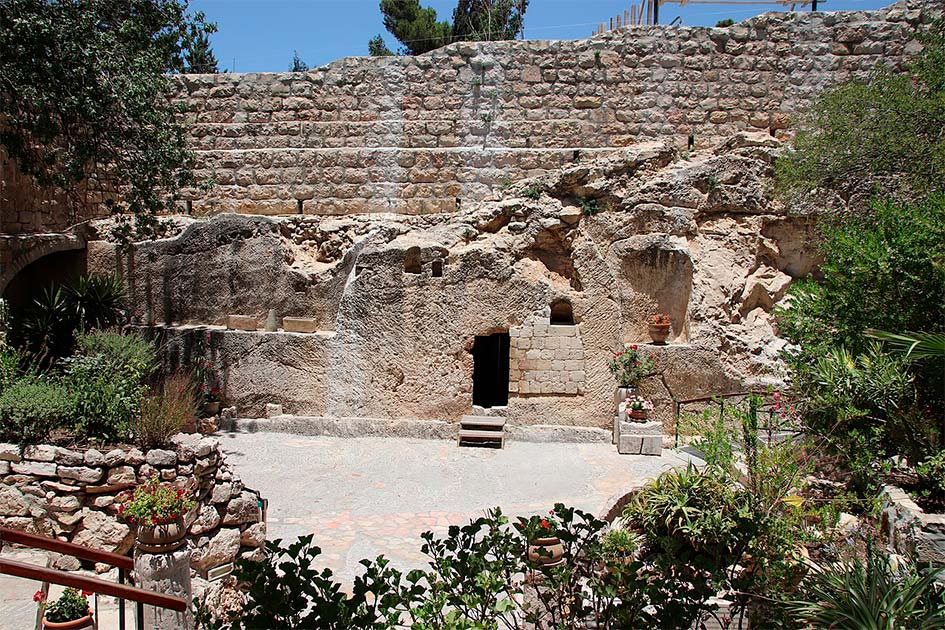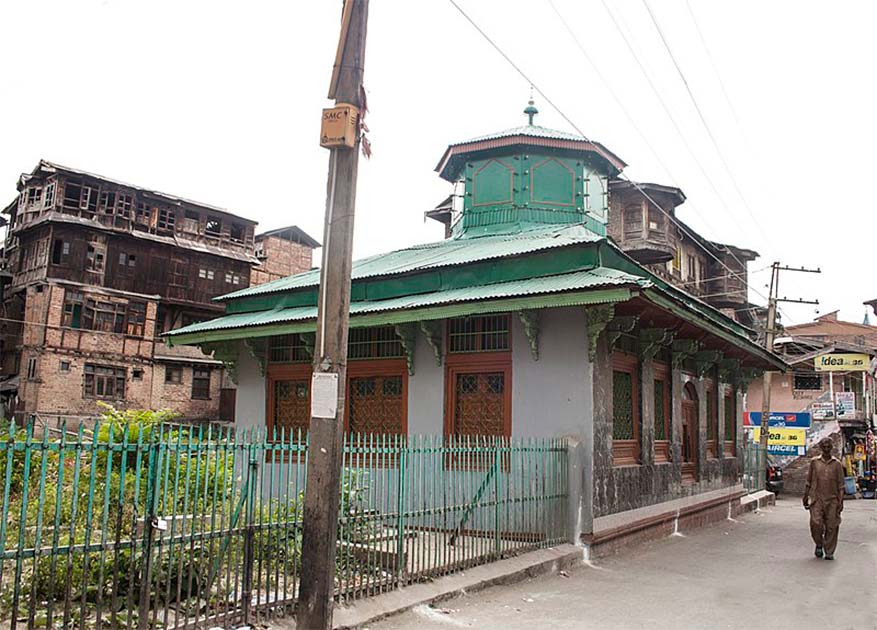After the crucifixion and before the eve of the Sabbath, the body of Jesus Christ who had died on the cross was placed in a tomb by a Jewish elder and member of the Sanhedrin council named Joseph of Arimathea. All four gospels give an account of these events although there are variations.
Mark, perhaps the earliest gospel narrative, has Joseph do this because of Jewish law, not any particular concern for the body of Jesus. It was the Sanhedrin after all who had condemned him to death.
Matthew and Luke make him into a figure more sympathetic to Jesus and his teachings, whereas John offers little more than a name check and a couple of details on what spices to use on the body. But all four confirm Jesus was taken to a tomb.
However the search for Jesus’s tomb is not so straightforward. For a start, the Biblical tradition is of course that he is no longer in his tomb, which makes the archaeology a little trickier. But other tombs exist, where he still might be. Is he still in Jerusalem? Kashmir? Or did he die in Japan aged 106?
Here are five candidates for the tomb of Jesus.
1. Church of the Holy Sepulchre, Jerusalem

2. The Garden Tomb, Jerusalem

3. The Talpiot Tomb

4. Roza Bal

5. Shingo Village, Japan

Top Image: There are several candidates for the Tomb of Jesus, ranging from the entirely possible to the thoroughly implausible. Source: Tim Reid / CC BY-NC-SA 2.0.
By Joseph Green